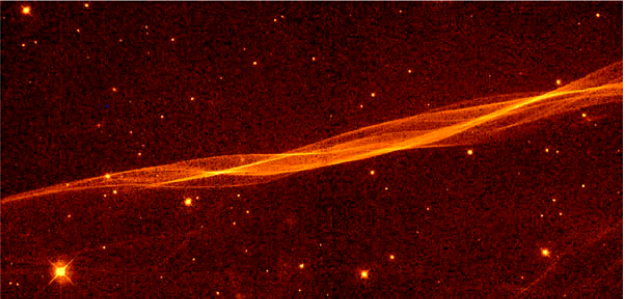
Want to boost your energy and recharge your spirit? Download your FREE journal here!
The Electric Universe: A Shocking New Perspective on Space
What if space isn’t silent and cold… but alive with electricity? Let's explore the mind-bending ideas behind the Electric Universe theory — where stars are powered by plasma currents, and galaxies might just be electric machines.
ELECTRIC UNIVERSE
7/22/2025


When we think of space, we often imagine gravity as the dominant force sculpting galaxies, stars, and planetary systems. But a growing number of researchers and thinkers propose an alternative view — that electricity plays a far greater role in the cosmos than we've been taught. This is the essence of the Electric Universe (EU) theory, a paradigm-shifting approach to understanding space, energy, and even consciousness.
⚡ What Is the Electric Universe Theory?
The EU theory suggests that electromagnetic forces, not just gravity, are the main drivers of cosmic structure. It challenges the standard astrophysical model by proposing that plasma — electrically charged gas — fills space and acts as a conductor for vast currents that flow between stars, galaxies, and even through interstellar space.
Key Concepts:
Plasma makes up an estimated 99% of the visible universe
Birkeland currents may connect celestial bodies via electric pathways
Galaxies could behave like giant electromagnetic machines
☄️ Why It Matters
The Electric Universe theory doesn’t just tweak the details of mainstream astrophysics — it rewrites the script entirely. If plasma and electromagnetic forces are the dominant drivers of cosmic behavior, then many of the puzzles in modern astronomy could have completely different explanations.
For example, the behavior of the Sun. According to the standard model, the Sun is powered by nuclear fusion at its core. But the EU theory proposes that the Sun might be powered externally by electric currents flowing through space, transforming it into a glowing anode in a vast cosmic circuit. This idea could explain solar flares, sunspots, and coronal mass ejections as electrical discharges, rather than purely magnetic or thermal events.
Another area where the EU model shines is in explaining galactic structure. Instead of mysterious "dark matter" holding galaxies together, EU theorists propose that Birkeland currents — enormous electromagnetic filaments — help shape and stabilize galaxies through powerful electric and magnetic forces. These filaments have even been observed by telescopes, lending some visual credibility to the idea.
This alternative lens also opens doors to new interpretations of planetary features. Craters, canyons, and ridges on planetary surfaces might not all be the result of impacts or tectonics — some might be electrical scars, formed by powerful plasma discharges in the past.
Ultimately, the Electric Universe model matters because it challenges the orthodoxy and invites us to reimagine the forces at play in the cosmos. It encourages interdisciplinary thinking, drawing from electrical engineering, plasma physics, mythology, and ancient history — forming a tapestry that’s both scientific and deeply philosophical.
🌌 A More Dynamic Cosmos
One of the most compelling aspects of the EU model is its emphasis on interconnectivity. While gravity acts locally and slowly, electricity can travel faster, farther, and more efficiently, forming a dynamic cosmic web of interaction. This perspective opens the door to new interpretations of ancient myths, unconventional energy theories, and deep connections between the micro and macro worlds.
Whether or not you agree with the Electric Universe model, exploring alternative ideas like this sparks our imagination and invites us to question long-held assumptions.
What if the Universe is not a cold, mechanical system but a living, electric tapestry?
The Electric Universe:
A Shocking New Perspective on Space


Braided sheets of electrical current in infrared, in the Cygnus Loop of the Veil Nebula. Credit: W. P. Blair, R. Sankrit (Johns Hopkins University / NASA


